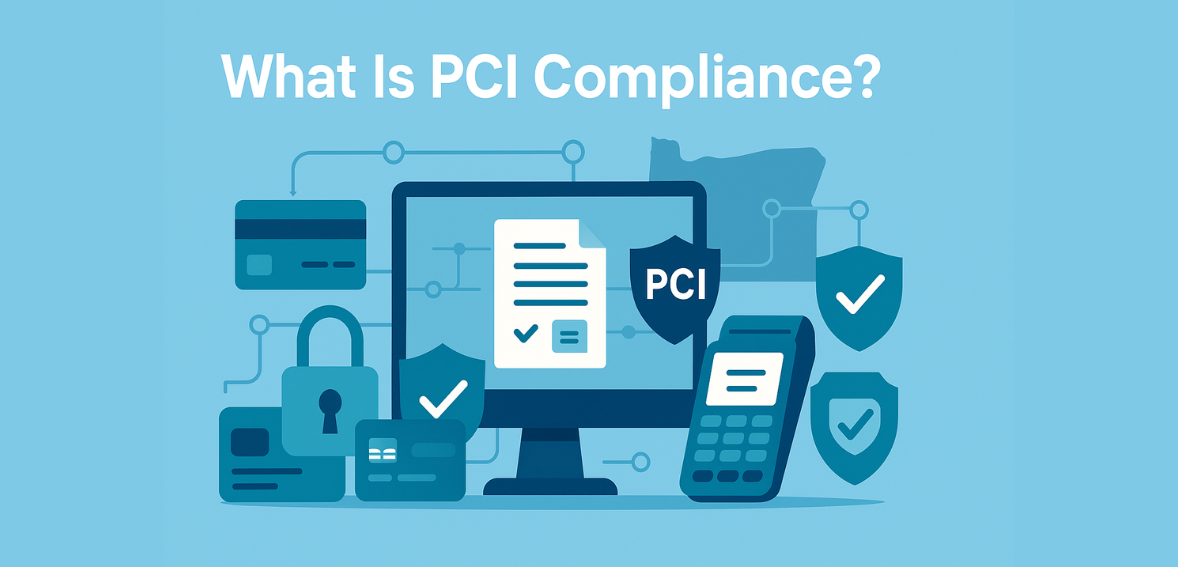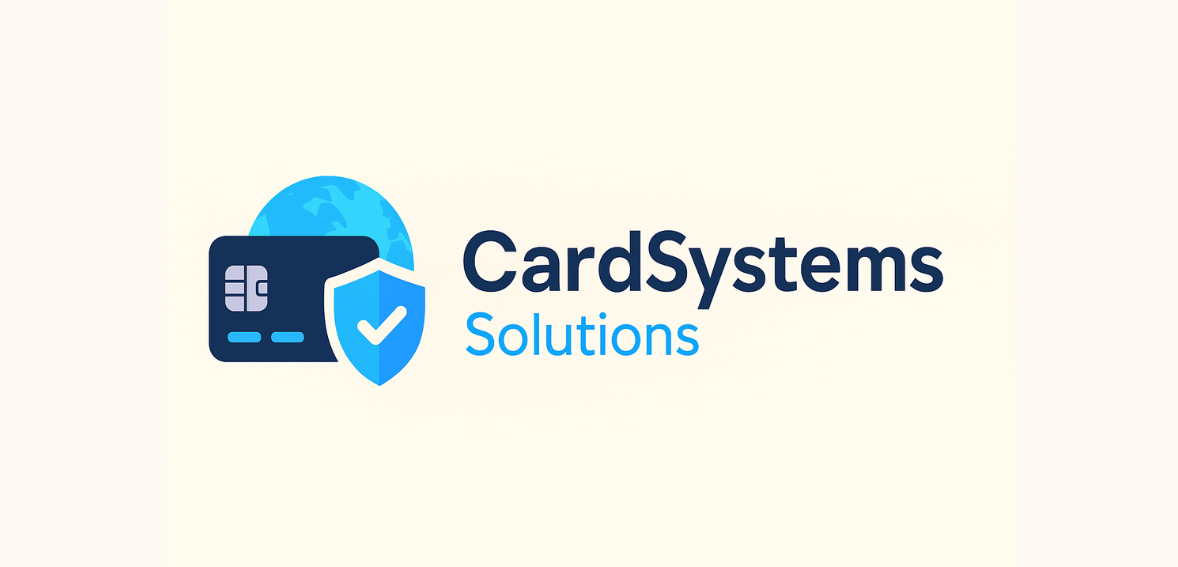In an increasingly digital age, securing your data is not just a priority—it is a must, particularly when it comes to payment card information. It doesn’t matter if your company is a startup or a Fortune 500 giant—protecting your customers’ information is not only something you should be doing, but something you have to do as a matter of law and business. The PCI DSS, or Payment Card Industry Data Security Standard, was developed to help protect cardholder’s data and lower the incidence of breaches.
But time and again, even the largest of companies with seemingly sophisticated systems have been vulnerable to hacks, which result in sensitive customer data being stolen and companies facing lawsuits, fines and lost trust. These violations are cautionary tales indicating what the potentially devastating outcomes of noncompliance with PCI may be.
This post highlights into some of the biggest data breaches of all time to look at what went wrong and what actionable lessons your company can learn to remain PCI compliant and secure.
What Is PCI Compliance?

PCI Compliance is the conformance to the levels of the Payment Card Industry Data Security Standard (PCI DSS) – a global standard to protect credit card data. These requirements pertain to any company processing credit or debit card payments, from merchants to payment processors to merchant service providers and third-party service providers. The main motive is to ensure that data is not leaked and customer-sensitive data is not stolen by one in a billion hackers.
Core Requirements of PCI DSS
The PCI DSS specifies 12 main requirements, but the most important are:
- Installing and maintaining firewalls that are designed to protect cardholder data
- Securing cardholder data by encrypting it in storage
- Data transmission through public networks with encryption
- Employed secure systems and applications as well as up-to-date ones
- Limiting access to cardholder information based on job function
- Monitoring and recording all network resource access and card data
- Consistently testing the systems of security and developing a policy around information security
This requirement is intended to establish a defense-in-depth strategy for both manually or automatically defined and managed safeguards, covering the technical and procedural aspects of protecting data.
Why Breaches Still Happen?
Even with clear requirements in place, data breaches still happen, in part because companies either aren’t fully adhering to or maintaining their compliance with PCI DSS. A number of reasons, which are briefly touched upon here:
- Ignoring software updates and leaving systems at risk
- Trusting the third-party vendors and not auditing their security arrangements
- Servers are configured inadvertently, exposing data.
- Lack of employee training, resulting in unsafe practices with sensitive information
For many organizations, compliance is a point-in-time check-a-box, when in truth it was, is, and always will be an active process. Which is why even companies with a strong security reputation end up being a central part of huge breaches.
Case Study #1: Target (2013) – Third-Party Vendor Exploitation

In 2013, Target suffered one of the most high-profile data breaches in retail history. Hackers infiltrated Target’s network by exploiting credentials from a third-party HVAC vendor. Once inside, attackers moved laterally across the network and installed malware on point-of-sale (POS) systems across stores nationwide. This allowed them to capture 40 million debit and credit card numbers, along with 70 million customer records, including names, addresses, and emails.
The breach caused major reputational damage and cost Target over $200 million in settlements, upgrades, and legal fees. It remains a textbook example of how third-party vulnerabilities can compromise an entire business.
PCI Failures
Several PCI DSS failures played a key role in the breach:
- Poor network segmentation allowed attackers to move from the HVAC vendor access point to the POS systems
- Lack of real-time monitoring delayed breach detection, giving attackers weeks of access
- No two-factor authentication (2FA) for vendor access made unauthorized logins easier
- Failure to limit vendor privileges violated the PCI principle of least-privilege access
These gaps indicated that PCI DSS was either not fully implemented or not actively maintained.
Lessons Learned
Lesson 1: Always implement network segmentation and least-privilege access controls. Sensitive systems like POS should never be accessible through unrelated third-party portals.
Lesson 2: Vet all third-party vendors for PCI compliance. Just because a vendor is “trusted” doesn’t mean their systems are secure. Require documentation, conduct audits, and enforce 2FA for all external access. You also must be updated with the latest PCI DSS standards.
The Target breach proves that your security is only as strong as your weakest partner. PCI DSS isn’t just about internal defenses—it’s about creating a secure ecosystem from end to end.
Case Study #2: Home Depot (2014) – POS Malware via Vendor Credentials

In 2014, Home Depot experienced a massive data breach that compromised 56 million payment card records. The attackers gained access using stolen credentials from a third-party vendor, similar to the Target breach. Once inside, they installed custom-built malware on self-checkout POS terminals across over 2,000 stores in the U.S. and Canada.
The breach went undetected for five months, and it ultimately cost Home Depot more than $179 million in legal fees, settlements, and cybersecurity upgrades. The attackers exploited the lack of advanced endpoint security and monitoring on POS systems to avoid early detection.
PCI Failures
Home Depot’s breach revealed key PCI DSS compliance gaps:
- POS terminals were not segmented or isolated, allowing malware to spread
- Weak password policies made it easier to access critical systems
- The absence of file integrity monitoring delayed the detection of unauthorized changes
- Systems lacked POS-specific anti-malware defenses to flag unusual activity
These issues indicated a failure to implement and maintain basic PCI controls, especially those related to system hardening and monitoring.
Lessons Learned
Lesson 3: Use POS-specific anti-malware tools and hardened endpoint security to protect systems that handle sensitive card data. Self-checkouts and terminals must have layered protection and real-time scanning.
Lesson 4: Apply strong authentication protocols, including multi-factor authentication, for all vendor and employee logins. Pair this with continuous endpoint monitoring to detect and block threats early.
The Home Depot case illustrates that vendor access combined with weak internal controls can create a perfect storm. PCI DSS must be applied to every endpoint, not just the central network.
Case Study #3: British Airways (2018) – Magecart Script Injection

In 2018, British Airways suffered a sophisticated cyberattack when Magecart hackers injected a JavaScript skimmer into its payment page. This malicious code captured sensitive data—including names, billing addresses, and full credit card details—in real time as users typed.
Over 380,000 transactions were compromised between August and September. Unlike traditional breaches, this attack didn’t target the backend—it exploited the frontend browser session, making it harder to detect.
The UK’s Information Commissioner’s Office (ICO) initially proposed a £183 million fine under GDPR, later reduced to £20 million due to pandemic pressures.
PCI Failures
British Airways failed to meet several PCI DSS requirements, especially regarding frontend security:
- No regular code integrity checks, allowing injected scripts to go unnoticed
- The payment form loaded third-party scripts without proper validation
- The site lacked an effective Content Security Policy (CSP) to prevent unauthorized scripts
- No Subresource Integrity (SRI) was used to verify script authenticity
These oversights created the perfect opportunity for Magecart to compromise the payment flow.
Lessons Learned
Lesson 5: Always secure frontend payment pages with a strong Content Security Policy (CSP) and Subresource Integrity (SRI). These controls restrict which scripts can run and ensure files haven’t been tampered with.
Lesson 6: Perform frequent code reviews, especially after updates or third-party integrations. Pair this with automated vulnerability scanning to catch malicious changes before they reach customers.
This case highlights how PCI compliance isn’t just about backend infrastructure—frontend vulnerabilities can be just as dangerous.
Case Study #4: CardSystems Solutions (2005) – Storing Prohibited Data

In 2005, CardSystems Solutions, a third-party payment processor, made a critical error—it stored unencrypted cardholder data, including full magnetic stripe information, in direct violation of PCI DSS standards.
A hacker exploited this vulnerability through a known security flaw and stole over 40 million credit card records, many of which were later sold on the dark web. The breach affected major card brands like Visa and MasterCard.
After the incident, CardSystems lost its processing contracts and ultimately went out of business—a stark reminder of how devastating PCI failures can be.
PCI Failures
CardSystems failed on multiple PCI fronts:
- Stored full magnetic stripe data, which is strictly prohibited under PCI DSS
- Lacked data encryption or tokenization for stored cardholder information
- Operated without robust intrusion detection or prevention systems
- Failed to regularly audit and monitor access to sensitive data
These lapses not only violated PCI rules but also created a massive attack surface.
Lessons Learned
Lesson 7: Never store sensitive card data beyond PCI guidelines. This includes full magnetic stripe data, CVV codes, or PINs. If data isn’t needed, don’t store it—period.
Lesson 8: Encrypt all cardholder data—both at rest and in transit. Use strong encryption standards (like AES-256) and ensure encryption keys are stored and managed securely.
The CardSystems breach proves that even one violation of PCI DSS can lead to catastrophic consequences—not just financial loss, but total business failure.
How to Apply These Data Breach Lessons to Your Business?
The high-profile breaches from Target to British Airways to CardSystems all prove one thing — meeting PCI standards are not optional. And, crucially, it’s one of the bedrock ways that you protect your customers and your reputation, not to mention your bottom line. Here’s what you can do now and apply the most important lessons from these breaches.
Conduct Regular PCI Audits
Don’t take it for granted; check it periodically. PCI DSS is a standard that applies to vendors, regardless of size or transaction volumes, that store, process, or transmit customer payment information, and it must be performed as a self-assessment or by a Qualified Security Assessor (QSA) on a regular basis. A PCI audit will show you where your payment systems are out of compliance, enabling you to fix these weaknesses before criminals find them.
If you are using a third-party vendor, get their Attestation of Compliance (AOC) and confirm their controls match yours. The Target and Home Depot breaches occurred when vendor access was not effectively managed.
Plan to have internal reviews four times a year and an outside audit once every 12 months if mandated by your merchant level.
Advanced Threat Detection Investment
Compliance is just a baseline, you also need constant security monitoring. Utilize SIEM (Security Information and Event Management) analytics to pull from logs throughout your network and provide alerts for unusual activity.
Modern threats—like Magecart skimmers or POS malware—are designed to evade traditional antivirus software. That’s why businesses need to have AI-based monitoring, intrusion detection and file integrity tools. They assist in spotting anomalies as they occur, before it is too late.
Educate and Train Staff
Technology alone is not sufficient. Even today, most data breaches start with human error — clicking on phishing emails, choosing weak passwords or misconfiguring software. The Equifax breach was due to a lapse in patching that caused a massive data breach. In other instances, attackers dupe company employees into giving them their credentials.
Hence, security awareness training needs to be a regular part of the program, not just once. Train your staff on:
- How to spot phishing attempts
- How to create and manage secure passwords
- Why timely software updates are a big deal
- Anyone who should know if something odd occurs
- Integrate cybersecurity into your culture—not a check on a list.
Conduct quarterly training, send simulated phishing emails, and reward good security behavior.
Conclusion
The breaches at Target, Home Depot, British Airways, and CardSystems were not simply bad luck, but due to a failure to take risks seriously, heed warnings and carry our stricter PCI enforcement. These were not isolated instances – instead, they are important reminders for any online business, regardless of its size.
PCI compliance is not a matter of checking a box one and done. It’s an ongoing and evolving task. Today’s threats are smarter, faster and more complex than ever. That means your security steps need to change as well — with regularly scheduled audits, employee training, threat detection tools and attentive vendor management.
Financial loss, legal action, regulatory penalties and a major hit to brand trust is much more expensive than the price of being compliant and secure. It’s affordable and smarter to pay for preventative cybersecurity than for reactive crisis management.
These case studies provide more than insights; they provide you with a roadmap. Whether encouraging network segmentation and strong authentication, or requiring encryption of sensitive data and protecting front end scripts, the answers are there. The only question is, will you act on them?
Don’t wait to learn the hard way. Learn from others’ mistakes. Build your defenses now. Make PCI compliance a pillar of your ecommerce success.
Frequently Asked Questions
- Is PCI compliance mandatory for all ecommerce businesses?
Yes. If you store, process, or transmit credit card data, PCI DSS applies—no matter your size. - Can PCI compliance prevent all data breaches?
Not entirely, but it drastically reduces risk and legal exposure. - How often should PCI audits be done?
At least annually, or immediately after major changes to your systems. - Are third-party vendors a big risk?
Absolutely. Many attacks begin with compromised vendor credentials. - What’s the biggest mistake companies make with PCI compliance?
Storing restricted data and failing to patch outdated systems promptly.
